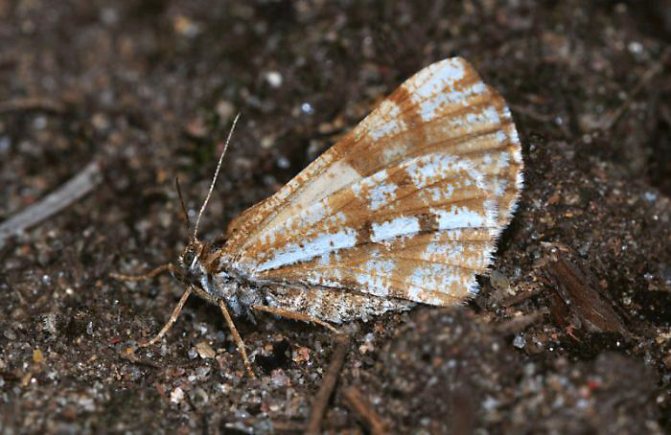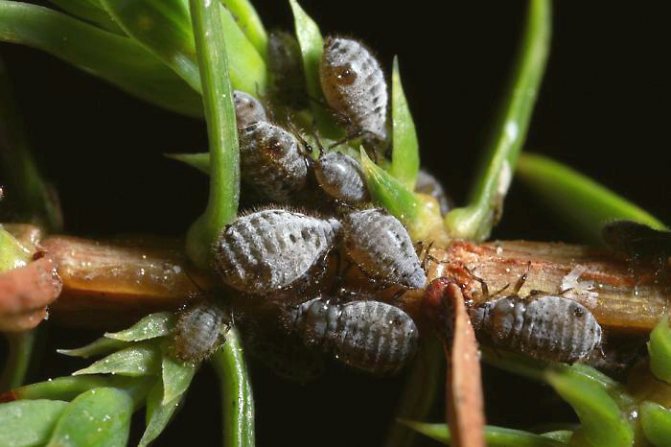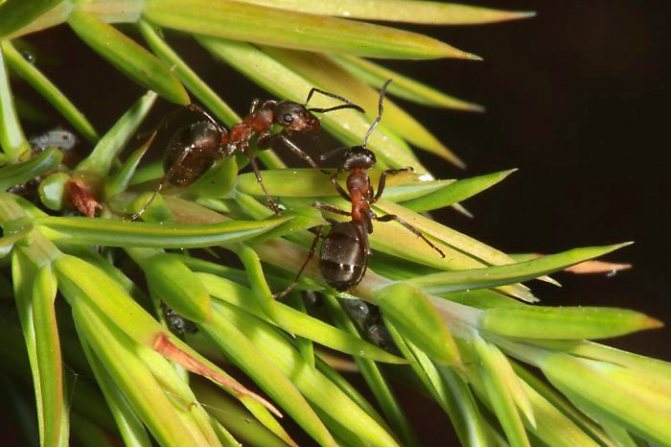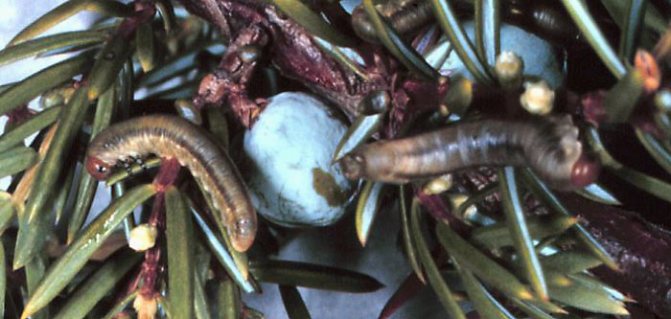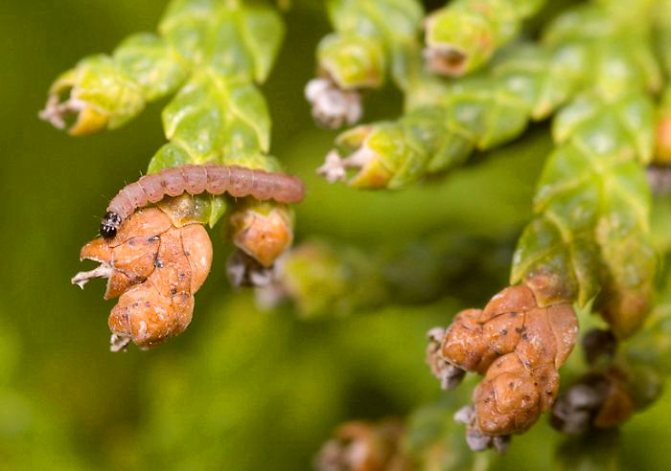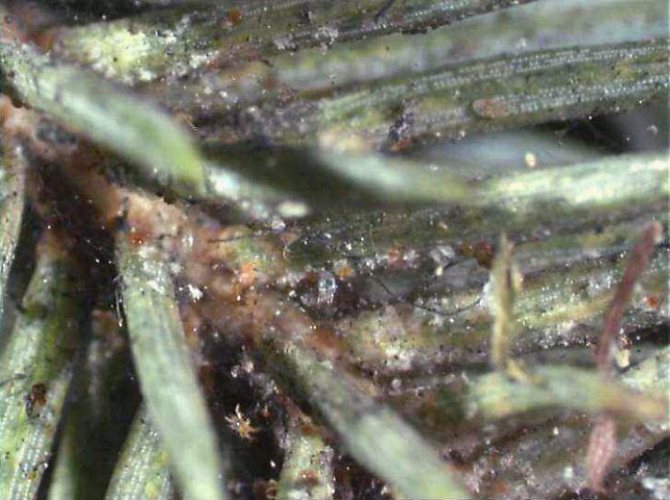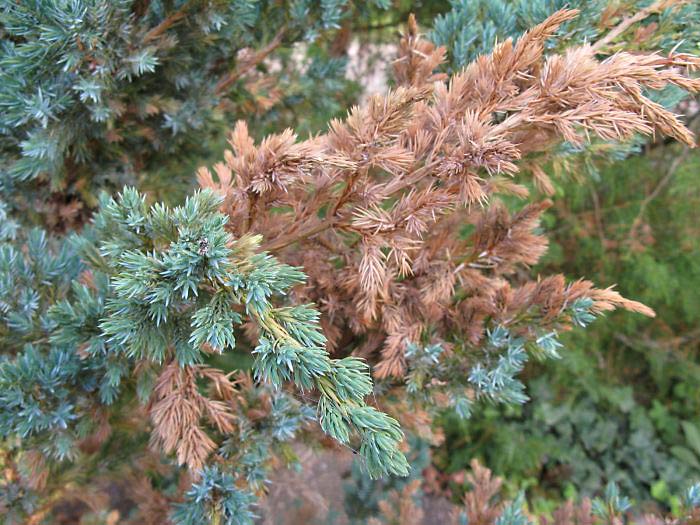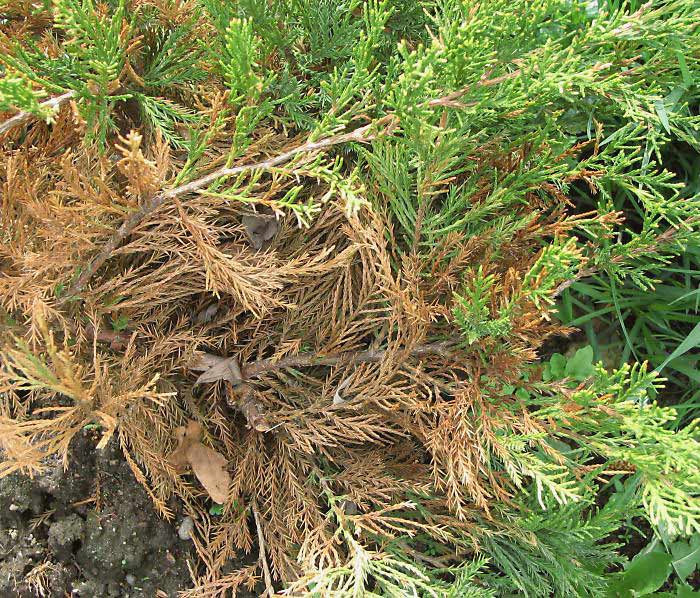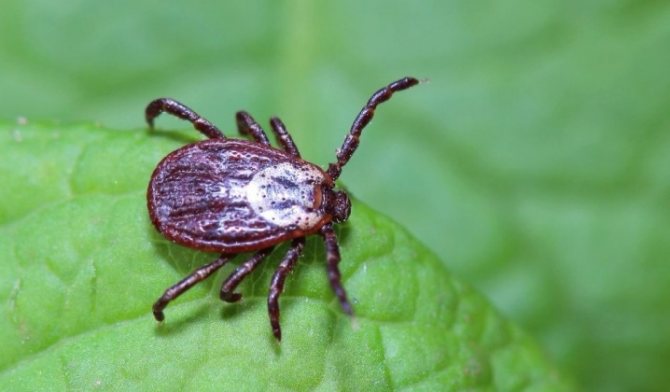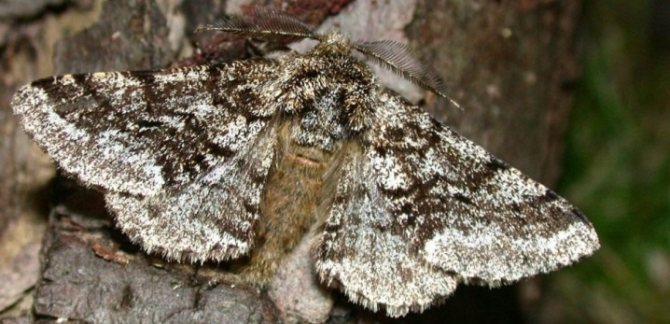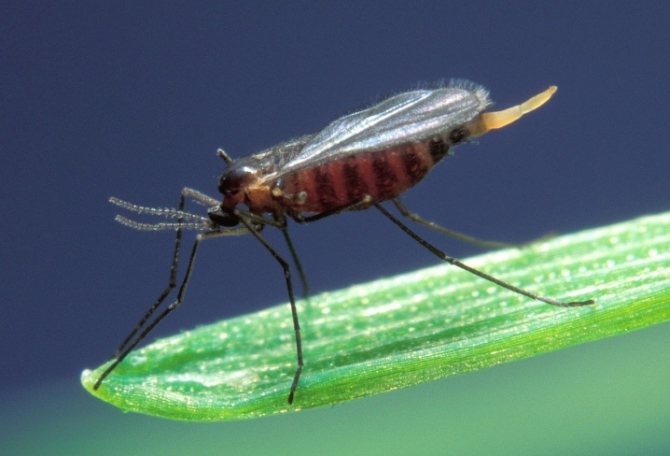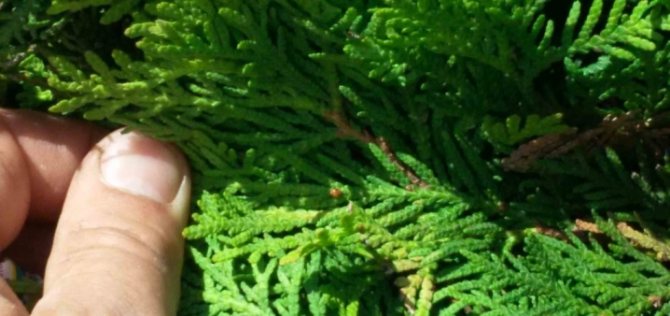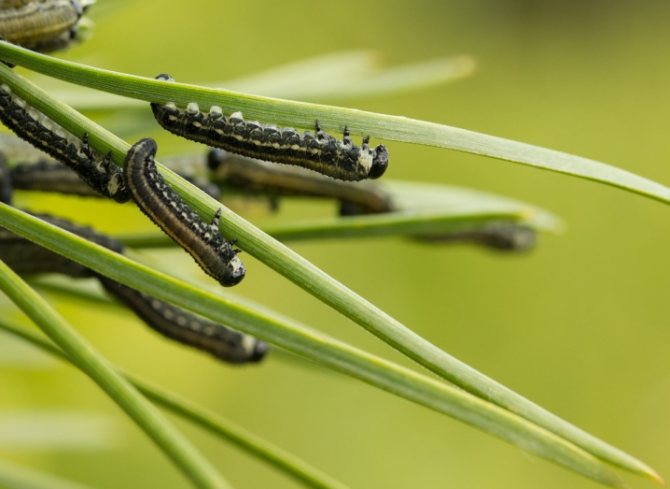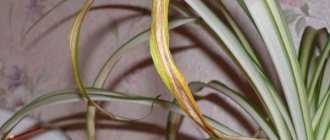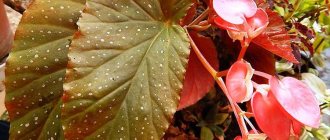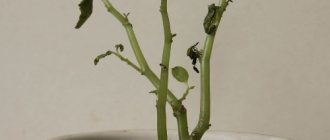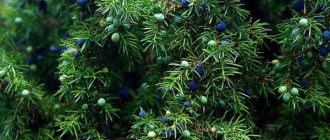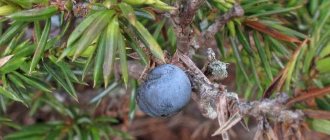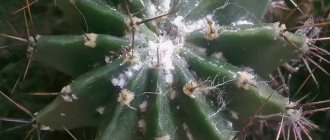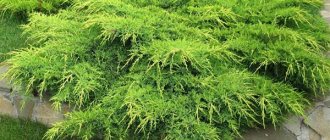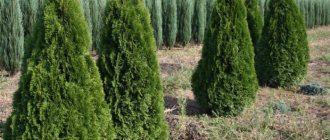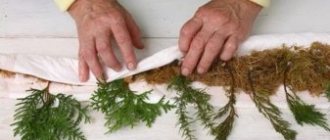Juniper is a plant that has recently been widely used for landscaping its own garden and in landscape design of an urban environment. He can often be seen in front of administrative buildings. This is a rather unpretentious culture, which is why it has gained such popularity. They do not experience inconvenience in the vicinity of flowers and deciduous trees, so they are used to create various compositions. They have more than a hundred species of varieties and species, ranging from creeping to tall, vigorous. But, despite all its unpretentiousness, the juniper is also often affected by diseases and pests. Diseases and pests of juniper very much spoil the appearance of the plant, so it is very important to take timely measures. We will tell you about the methods of struggle and treatment in this article.
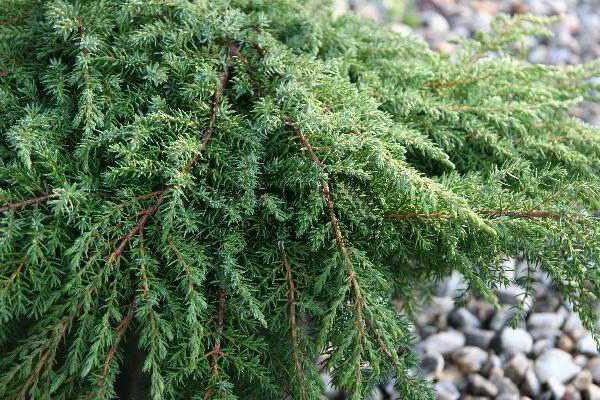
Juniper diseases and their treatment
In spring, you can often see plants with "burnt" needles, especially on high rock varieties. This is how a sunburn manifests itself, the cause of which is a lack of moisture in early spring. The dormant root system does not supply moisture to the needles that have already awakened under the sun's rays, as a result of which physiological wilting develops.
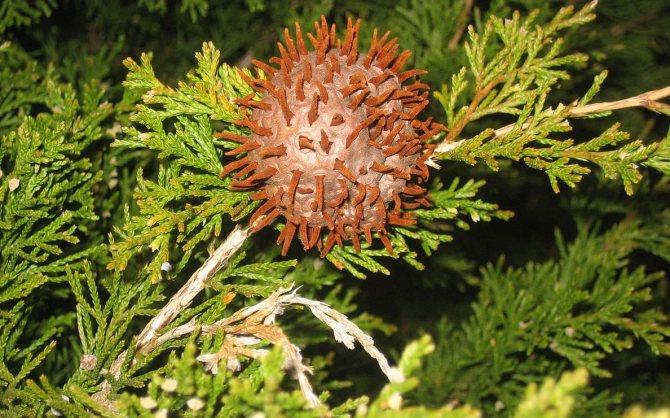

To prevent such a development of events, plants should provide:
- abundant water-charging watering;
- shading the crown at the end of winter with any covering material (agrofibre, burlap, etc.).
Diseases caused by foreign pathogens (mainly fungi) may require a lot of attention.
Did you know? The Slavic names for juniper are associated with the roots "weave", "knit" and "barren", and the Latin (according to one version) from the Celtic word meaning "prickly".
Fusarium juniper
This fungal disease is also called tracheomycotic wilting. It is most widespread in years with excessive moisture and in areas with stagnant water.... The root system of the juniper is the first to suffer. On the parts that have turned brown, spores of a gray tint are formed. Further, the mycelium penetrates into the trunk and branches, hindering the movement of nutrients and causing the death of the plant. The process of ground drying occurs from the top, and the first sign is reddening of the needles.
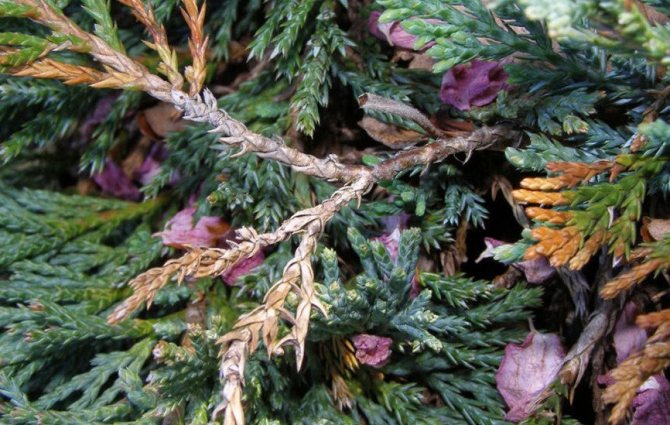

After the complete excision of the affected shoots with fungicides, not only the plant itself is treated, but also the trunk circle, in which the source of fusarium can persist for a long time... If the plant is removed, it is advisable to completely replace the soil in its place.
Prevention is carried out starting with the purchase of a seedling (if purchased from an unknown manufacturer), spilling a container with Fitosporin or Quadris juniper.
Important! It is recommended to soak the roots of the seedling before planting in the preparation "Maxim" for 2
–
3 hours.
Drying of shoots
The cause of the drying out of the shoots can be various types of mushrooms, whose fruiting bodies of dark shades will be visible between the scales on branches with crumbling needles.... Affected shoots are cut out and the whole plant is treated with fungicides. To protect against the development of fungi, spring (in April) and autumn (late October) treatments are performed with Skor, Tilt or Ridomil Gold MC, Abiga-Peak, HOM or 1% Bordeaux liquid solution.
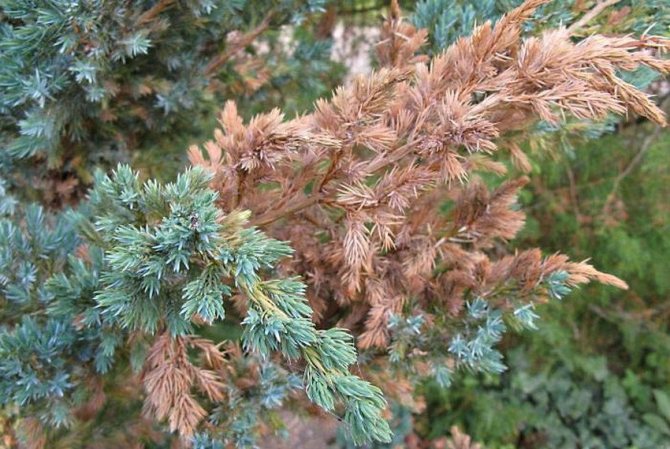

Juniper Alternaria
Black velvet-like plaque signals the infection of the juniper with the causative agent of Alternaria. Thickened plantings are favorable for the development of the disease... The cut out affected parts of the plant are destroyed, since the pathogen remains in them for a considerable time. Prevention measures are identical to those listed above.
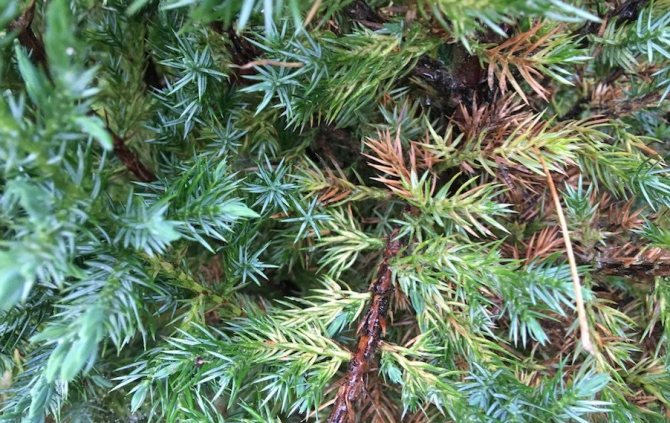

Juniper shute
A characteristic sign of the disease is a change in the color of last year's shoots, which turn brown-brown at the beginning of summer.... Then, by the end of summer, black fruiting bodies of pathogens develop on them. Infected needles die off and crumble. More often than others, plants planted in a damp, shaded place are sick.
Learn more about how to deal with Schütte pine disease.
If a problem is found, sanitary pruning is carried out. Preventive measures will be double treatment with Quadris (in April and October), which is then alternated with Ridomil Gold MC, Skor, etc.
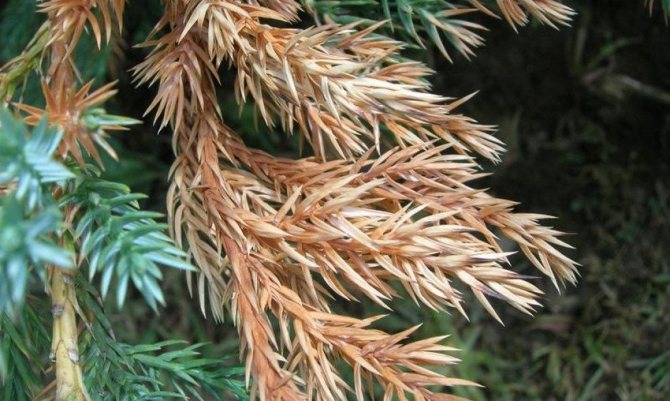

Juniper rust
Cossack and Virginia junipers suffer more often than others.... The source of rust is special fungi, which appear as orange growths on the branches of the plant. Infected junipers are threatened not only with the loss of decorativeness, but also with complete drying out. The developmental cycle of the mycelium includes an intermediate host, depending on its exact biological species, it can be an apple tree, a pear, a mountain ash, a hawthorn or an irga. These fruit plants also suffer from rust that stains their leaves.
It is no longer possible to cure infected shoots with traces of rust... They are cut and burned, and the rest of the plant is treated with fungicides.
Important! The instrument used for trimming must be disinfected, for example, in alcohol.
Preventive measures are spring treatment of junipers with such preparations as Ridomil Gold MC, Skor, Tilt and Bayleton. It is recommended to alternate means to avoid addiction.
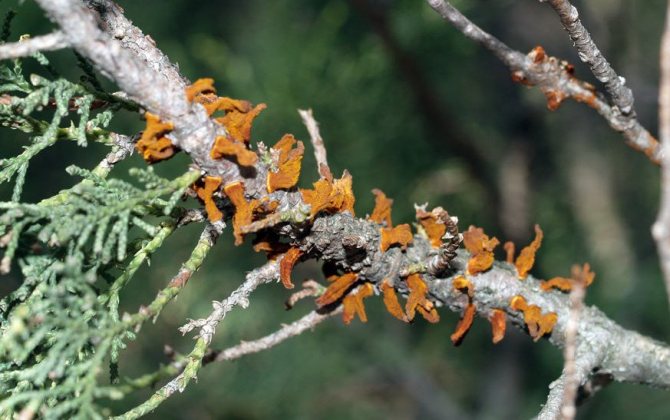

Bark necrosis
It is quite simple to notice the vital activity of the fungus causing bark necrosis. The branches are covered with small (up to 2 mm) red pads with spores, which then darken and dry out... Thickening when planting seedlings is an additional risk factor for this disease. Prevention and control methods correspond to the above measures.
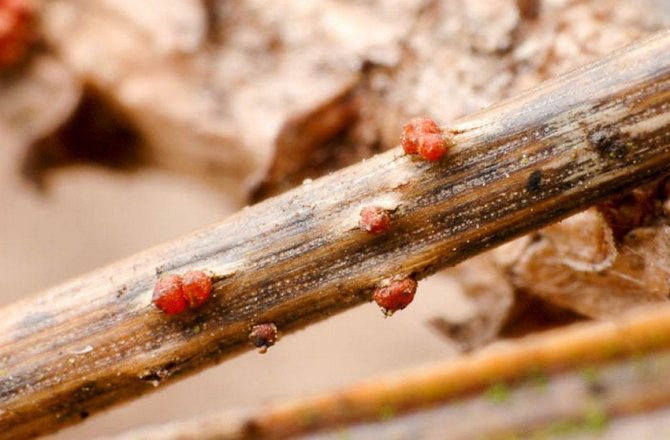

Biotorella cancer
The fungus causing the disease enters the plant tissue when the branches are mechanically damaged. As it spreads, it causes browning and drying and cracking of the bark.... When diseased wood dies off, ulcers and fruiting bodies of the fungus appear, the needles of the plant turn yellow and dry. Control and prevention methods are identical to those described above.
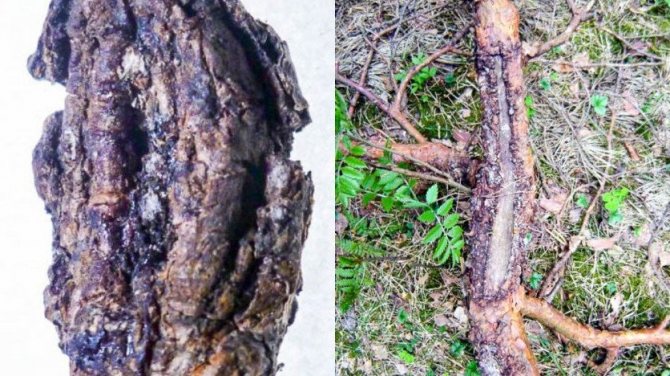

Preventive measures
Constant care and preventive treatment of juniper will help prevent many diseases. But besides this, other procedures are also important, which reduce the risk of the appearance of diseases.
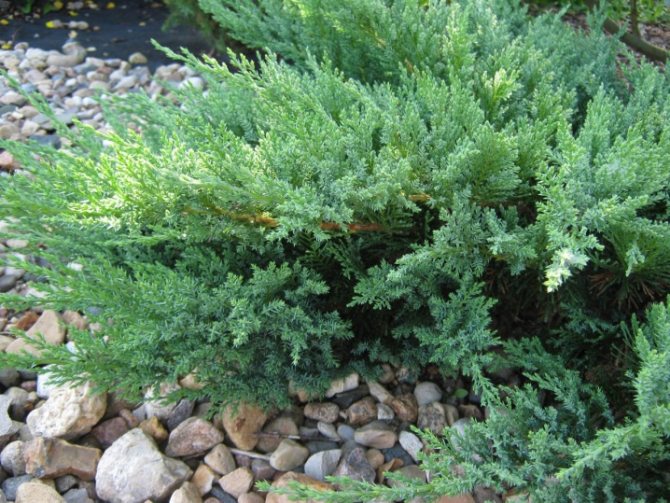

In order for the plant to remain healthy and have a beautiful appearance, you need to adhere to the rules for its maintenance.
- Necessary activities, such as choosing a planting site, suitable soil for different types of crops, loosening, mulching and fertilizing, must be timely.
- First of all, attention should be paid to the planting material, which must be fresh and healthy. If there are any suspicions about this, it is better to plant such seedlings separately from other, already successfully grown plants.
- For any work - transplanting, pruning - any garden accessories, tools and containers must be thoroughly disinfected.
- Most plants of this species are affected by diseases due to the high acidity of the soil, with the exception of a few shrubs that prefer an acidic composition. This means that it is necessary to take care of the introduction of lime into the soil in advance.
- The immunity and vitality of the main organ - the root, largely depends on the timely treatment with immunomodulatory agents. Judging by the gardeners' reviews, the most effective drugs that promote the formation and activity of the root system are the siliplant chelated microfertilizer and the concentrated growth biostimulator Super Humisol, which regulates the basic vital processes of the juniper. You can use a unique growth stimulator "Epin extra" or biofertilizer made by cultivating microorganisms - "Nikfan".
- Do not forget about seasonal fertilizers, which play an important role in the state of the culture.If the soil is fed in spring, autumn, and, if necessary, in summer with the necessary minerals, this will ensure normal nutrition of the roots and the aerial part and reduce the threat of infection.
- Insects found on the branches and bark must be eliminated immediately, without waiting for their reproduction - a large number of pests most often causes irreversible damage and death of the ephedra. Therefore, two or more use of strong insecticides will be required. As for prevention, the best way to protect the bushes is to mulch their near-trunk space with pine bark.
- After winter, juniper trees in the country often turn yellow, and this is not always the so-called physiological dryness due to frozen soil and lack of moisture. The larvae of some pests are capable of hibernating on the crop, therefore, at the very beginning of spring, it is necessary to set traps for caterpillars, and carry out a sanitary shearing of the affected branches.
It must be remembered that poorly drained soil, too close planting of bushes, lack of lighting, and the presence of weeds can become a prerequisite for the disease.
Infection with pests and infections does not occur if the conditions for growing the juniper are favorable. In most cases, the causes of diseases are violations of the requirements for agricultural technology and the gardener's own mistakes.
For diseases and pests of juniper, see below.
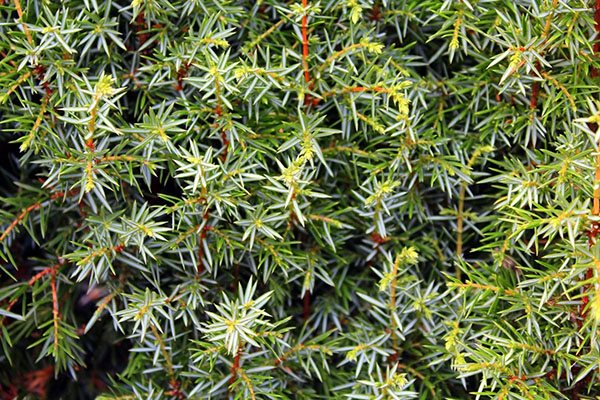

Not everyone knows what juniper diseases are and their treatment. But in order to achieve the desired result and return the plant to an attractive appearance, it is necessary to learn how to recognize diseases and take action at the first symptoms.
Juniper pests and control
Compared to other conifers, junipers are slightly affected by pests. Treatment with modern insecticides ("Confidor", "Calypso", etc.) allows you to effectively fight against juniper aphids, moths and scale insects. In this case, it is important to follow the instructions, observing the specified interval between sprays.
Did you know? You can find out about the infection of a juniper with a scale insect or a scale insect by the wasps gathering around the plant, which devour sweet honeydew from the secretions of these pests.
Spider mite
This pest is one of the most dangerous for crops.... Most often appears in hot years on arid soils. At first, a thin web is noticeable, entangling the needles, then yellowish spots form, and shedding begins.
For prophylaxis, plants (especially young seedlings) should be provided with sufficient moisture. At the first symptoms, spraying with an infusion of garlic or colloidal sulfur can be effective; in advanced cases, acaricidal preparations are used.
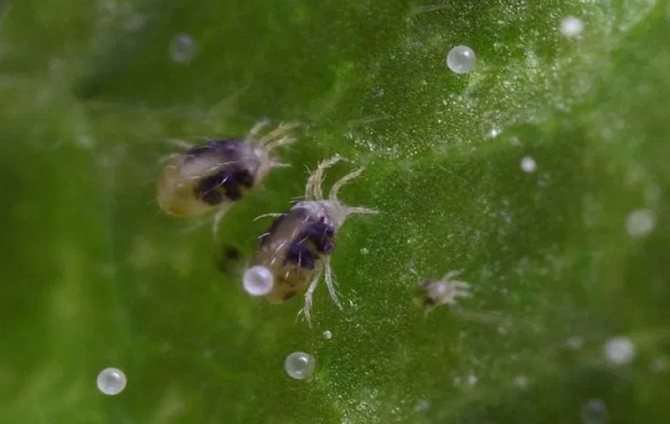

Mealybug
The females of this pest are covered with a white coating and reach a length of 3 mm. Insect larvae spend winter in the bark and branches of the plant. Significant damage leads to browning and shedding of the needles, a sooty mushroom appears, and the juniper turns black... The mealybug is hard to hatch, and in order to get rid of it, the treatment with insecticides (for example, "Angio") will need to be repeated three times, not forgetting to take breaks for 10 days.
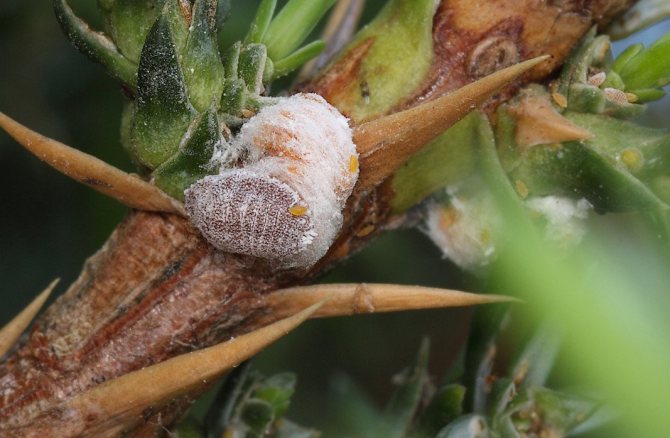

Gallica
If small mosquitoes fly near the plant, and then bright yellow or red larvae appear, then the plant is infected with gall midges. After the release of special substances by the larvae, galls (cones of tightly knit needles, with a noticeable bend) are vigorously formed on the shoots. In case of mass infestation, chemicals are used, performing double spraying with an interval of 2 weeks... The branches with galls must be removed and burned.
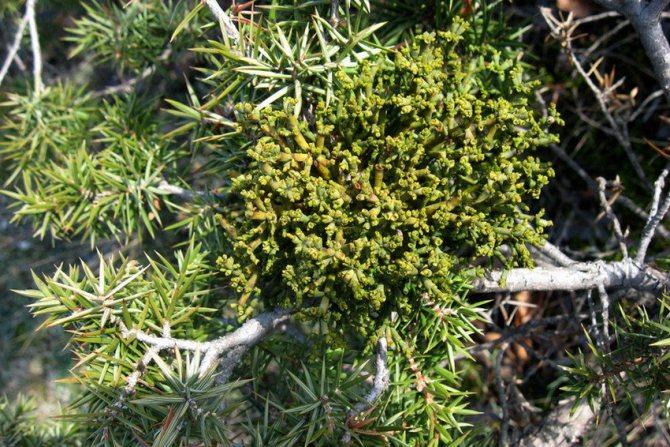

Planted junipers need to follow the basic rules of agricultural technology and care, which will reduce the risk of infection and spread of diseases.Preventive treatment for fungal diseases is almost identical and the use of systemic drugs allows you to avoid most problems in the garden or in the country.
Specialist recommendations
It is important not only to know how to deal with the problem of yellowing needles, but also how to do it correctly.
- Almost all fungal and other causative agents of juniper diseases develop resistance to the drugs used against them. Therefore, it is impractical to use the same remedy, they must be alternated.
- Different problems require different drugs. Fight against fungal infection with the help of fungicides, insects and their larvae are destroyed with insecticidal agents, and acaricides are used against ticks and similar pests.
- The optimal interval between treatments is 2 weeks.
- The best time for spraying is morning or evening, the day should be warm and calm.
- Sections of branches affected by fungal pathogens must be treated with garden varnish, copper sulfate or oil-based paint with the obligatory presence of drying oil in the composition.
- There is no need to rush to remove twigs slightly burnt in the sun, they can still recover and grow fresh needles.
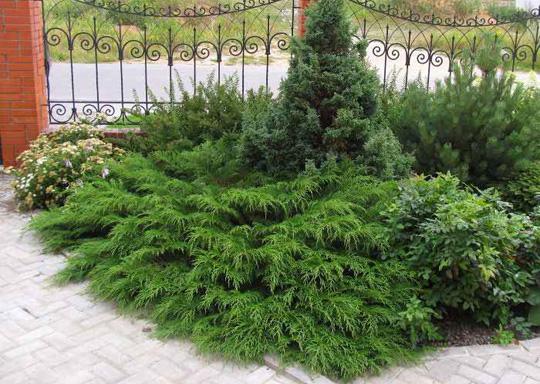

Juniper problems, like any other, are best dealt with before they arise. Prevention should become an integral part of agrotechnical measures for the care of this decorative crop. If you add to this regular preventive examination, you can notice the first signs of a disease or pest attack in time and have time to save the plant. If everything has gone too far, it is better to sacrifice a little in the name of saving other ornamental and fruit trees and horticultural crops.

